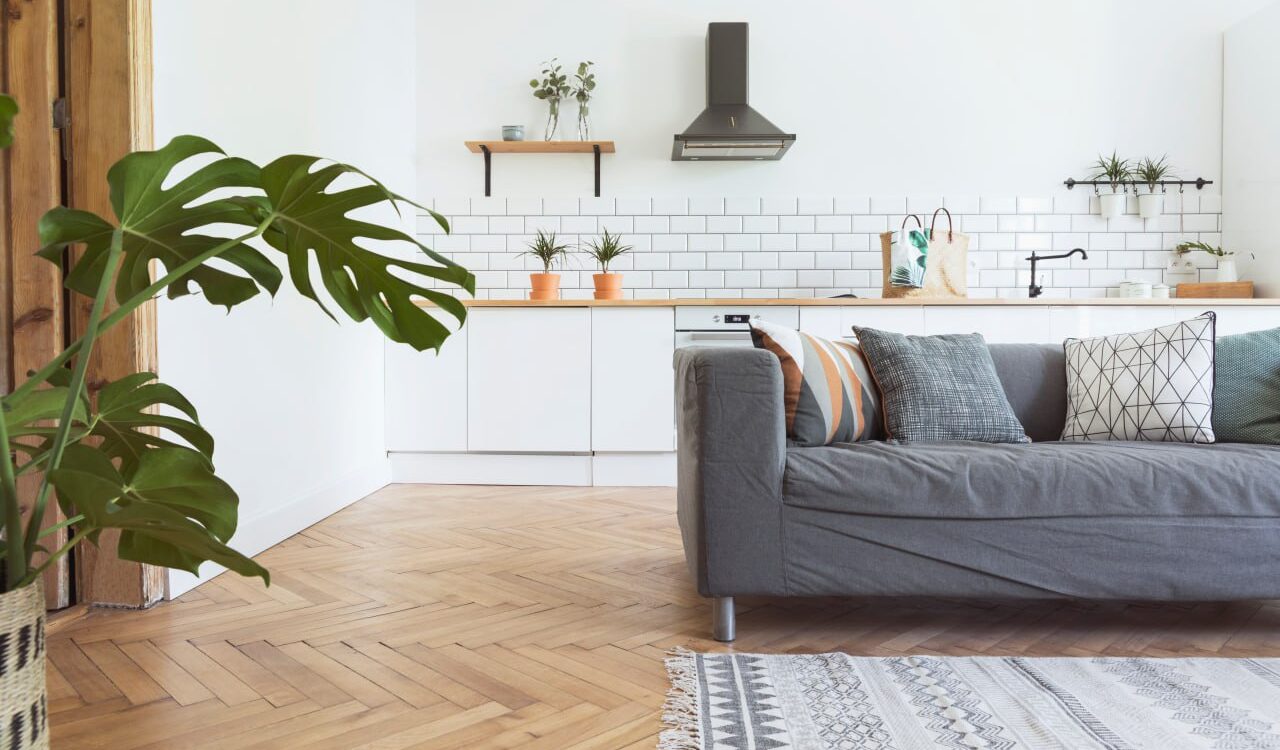At Floor & Window Covering Connection in Cañon City, CO, we understand the importance of timing when it comes to hardwood installation. Choosing the right time of year to install hardwood floors can significantly impact the longevity and appearance of your flooring. Factors like humidity levels, temperature, and overall environmental conditions play a crucial role in ensuring a successful and durable hardwood flooring installation. Let’s explore the best time to install hardwood floors and why timing is so vital.
The Importance of Timing in Hardwood Installation
Hardwood flooring is a natural product that reacts to its environment. Changes in humidity and temperature can cause hardwood to expand and contract. This movement can lead to gaps, warping, and other issues if the flooring is not installed under optimal conditions. By understanding the best time of year to install hardwood floors, you can minimize these risks and ensure a smooth installation process.
Spring and Fall: Ideal Seasons for Hardwood Flooring Installation
The best time to install hardwood floors is during the spring and fall. These seasons offer the most stable humidity levels and moderate temperatures, which are ideal for hardwood installation. Here’s why:
- Stable Humidity Levels: During spring and fall, the humidity levels are generally more consistent. Extreme humidity fluctuations, which are common in summer and winter, can cause hardwood to swell or shrink. Maintaining stable humidity levels helps in preventing these issues, ensuring that your hardwood flooring remains in excellent condition.
- Moderate Temperatures: The mild temperatures in spring and fall are perfect for the hardwood installation process. Excessive heat in the summer can cause the wood to expand, while the cold in winter can make it contract. Installing hardwood during moderate temperatures minimizes the risk of these natural reactions, making the installation process smoother and more effective.
The Impact of Humidity Levels on Hardwood Floors
Humidity levels are a crucial factor in the installation and maintenance of hardwood floors. High humidity can cause the wood to absorb moisture, leading to swelling and warping. On the other hand, low humidity can make the wood dry out and contract, causing gaps between the planks.
To ensure the best results, it’s essential to maintain indoor humidity levels between 30% and 50% during and after the installation process. Using a humidifier or dehumidifier can help regulate these levels, providing a stable environment for your hardwood flooring.
Summer and Winter: Challenges to Consider
While it’s possible to install hardwood floors in summer or winter, there are additional challenges to consider:
- Summer Installation: The high humidity and temperatures in summer can cause the wood to expand. If the flooring is installed during this time, it may contract and develop gaps once the humidity levels drop in the cooler months. To mitigate this, it’s crucial to acclimate the hardwood to the indoor environment before installation. This involves letting the wood sit in the installation area for several days to adjust to the humidity and temperature.
- Winter Installation: The low humidity levels in winter can cause the wood to dry out and contract. If the flooring is installed in these conditions, it may expand and buckle when the humidity levels rise in the warmer months. To counteract this, it’s important to maintain a stable indoor humidity level using a humidifier during the winter.
Preparing for Hardwood Installation
No matter the time of year, proper preparation is key to a successful hardwood flooring installation. Here are some steps to ensure your installation process goes smoothly:
- Acclimation: Allow the hardwood planks to acclimate to your home’s environment for at least 48-72 hours. This helps the wood adjust to the indoor humidity and temperature, reducing the risk of expansion or contraction after installation.
- Moisture Testing: Before installation, test the moisture levels of both the hardwood and the subfloor. This ensures that they are within the recommended range, preventing future issues related to moisture.
- Climate Control: Maintain a consistent indoor climate during and after the installation. Use a humidifier or dehumidifier to keep the humidity levels within the 30% to 50% range.
Why Choose Floor & Window Covering Connection?
At Floor & Window Covering Connection, we have the expertise and experience to guide you through every step of the hardwood installation process. We understand the unique climate of Cañon City, CO, and how it can affect hardwood flooring. Our team is dedicated to providing top-notch service and ensuring that your hardwood floors are installed under the best possible conditions.
While hardwood flooring can be installed year-round, the best time to install hardwood floors is during the spring and fall when humidity levels and temperatures are more stable. By choosing the right time of year and following proper installation practices, you can ensure that your hardwood floors remain beautiful and durable for years to come.
If you’re considering hardwood installation, contact Floor & Window Covering Connection in Cañon City, CO. Our experts are here to help you choose the perfect flooring and ensure a flawless installation process, no matter the season.
For more information or to schedule a consultation, visit our website or give us a call. Let Floor & Window Covering Connection help you achieve the beautiful, lasting hardwood floors you’ve always dreamed of.


